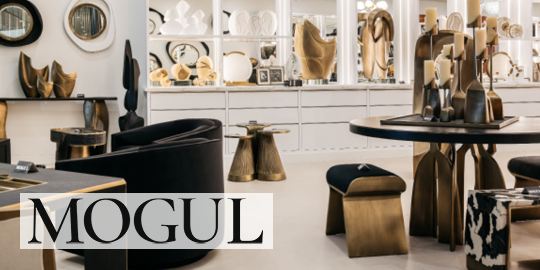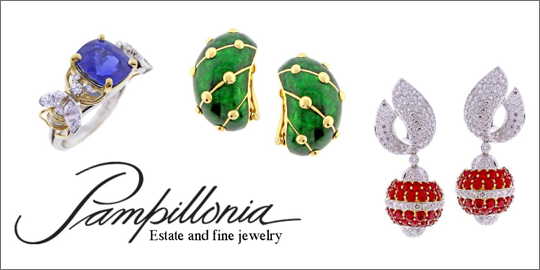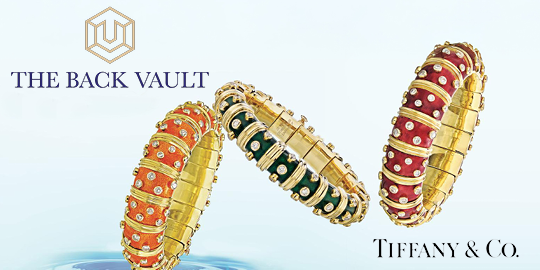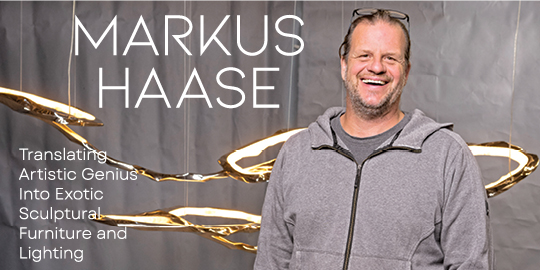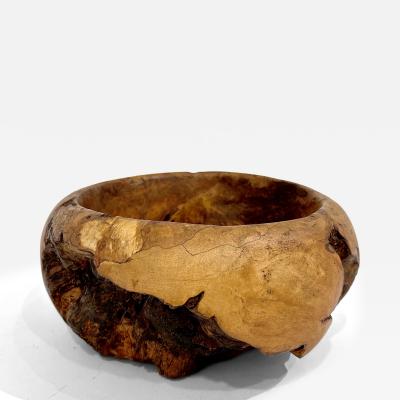Melvin Lindquist
American, 1911 - 2000
Melvin Lindquist's journey into the world of woodturning began in the 1930s when he worked as a vertical turret lathe operator for General Electric. Over time, his fascination with the craft led him to set up a home workshop where he explored the art of vase-making through woodturning—a passion that has lasted for over fifty years.
In the late 1950s, while living in the New York Adirondacks, Lindquist discovered spalted wood on his property. This marked a significant turning point in his work, as he began experimenting with this unique material. Drawing on his background as an engineer and machinist, Lindquist developed innovative tools and techniques, including carbide-tipped turning tools and advanced methods like blind boring and reverse turning. These innovations allowed him to tackle challenging woods and create a wide range of intricate woodturned forms.
Lindquist's studies of ancient Oriental, Greek, and Indian ceramic vases have deeply influenced his approach to vase-making, helping him refine his craft and pursue the ideal vase form. His work gained recognition in the 1960s, when he began exhibiting at craft fairs and museum shops, and he quickly became regarded as one of the pioneering figures of the modern studio woodturning movement.
Today, Melvin Lindquist's work is part of numerous prestigious collections, both national and international, including those held by museums, private collectors, and corporations.
In the late 1950s, while living in the New York Adirondacks, Lindquist discovered spalted wood on his property. This marked a significant turning point in his work, as he began experimenting with this unique material. Drawing on his background as an engineer and machinist, Lindquist developed innovative tools and techniques, including carbide-tipped turning tools and advanced methods like blind boring and reverse turning. These innovations allowed him to tackle challenging woods and create a wide range of intricate woodturned forms.
Lindquist's studies of ancient Oriental, Greek, and Indian ceramic vases have deeply influenced his approach to vase-making, helping him refine his craft and pursue the ideal vase form. His work gained recognition in the 1960s, when he began exhibiting at craft fairs and museum shops, and he quickly became regarded as one of the pioneering figures of the modern studio woodturning movement.
Today, Melvin Lindquist's work is part of numerous prestigious collections, both national and international, including those held by museums, private collectors, and corporations.
Melvin Lindquist
Melvin Lindquist Spalted Magnolia Turned Vase, Signed and Dated
H 14 in DIA 7 in
$ 4,800
Melvin Lindquist
Maple Burl Wood Bowl Attributed to Mel Lindquist
H 4 in DIA 9 in
$ 1,200
Access Trade Price
